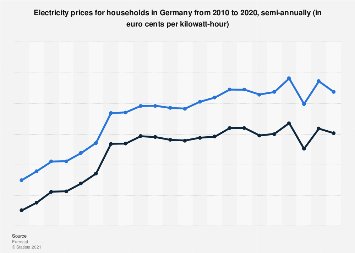In the world, electricity was provided by vertically integrated utilities that were Electricity Plans regulations or state monopolies, or rate of return. These entities supply power and transmit it over a distance through high voltage lines at last it is distributed to customers in monopoly geographic service territories. It slightly progresses from the 1980s to the 1990s, and transmission, production, and distribution have been restructured. The details of restructuring varied among various regions in the world, and also have several common features found in most of the restructuring regimes. In some cases, vertical integration was written back sharply at some time-integrated firms were replaced by transmission, distribution firms, and separate generating firms. Moreover retail and wholesale markets are very essential in restructured settings and also contain unnecessary integrated electricity sectors. Therefore restructured electricity sector consists of a wholesale market with separate generators for electricity competing to provide a load too large commercial customers and sever entities’ power. For example, some places in the US have huge competition at the retail level itself. From this stage, retail customers can choose an industry electricity supplier. In the wholesale power market, the design of competition has various variations. In over-the-counter markets, owners will decide independently how to contract with users and also operate their assets. But some other markets are more formal and centralized. In the United States PJM market was a good example. It will operate real-time electricity market and also be a centralized day ahead.
Today’s World

Owners of today’s generation give offers with different price ranges that will generate different quantities of electricity. Likewise, load servers also go through with this similar procedure, they will give some specific bids that will be accepted by consumers so that they can purchase different quantities. These offers are arranged into supply curves and the bids are arranged into demand curves by the operator, then the perpendicular intersection of the curves determines the market price. At the last crust of serving the realized load was minimised with the help of offers that gives by generators. The most important norm of electricity, it cannot be stored. Lack of electricity supply in real-time can lead to blackouts, which leads to high economic loss. So that market is designed to give proper generation supply to all especially when the units go into demand surges or offline. Electricity was an important commodity in day-to-day life. The constraint may lead to two factors. First, the electricity rates in urban locations may vary substantially. Second rates differ and may change in a very short period. The impact of supply and demand in electricity market shocks was not compensated by inventors due to storability. Variations in weather, and mechanical failures while transmission or generating can leads to substantial fluctuations in power demand. Inventories are not used while these fluctuations happen and rates are in high volatility. Most of the consumers including generators, and load-serving entities are at high risk. Hedging tools were needed in the risk. These hedging tools contain different options and standard forward contracts. It may long term or short-term. The short-term contract may enter very quickly before the delivery period, it will sustain many days in the power market. Long-term contracts are entered in advance in the delivery period itself.


